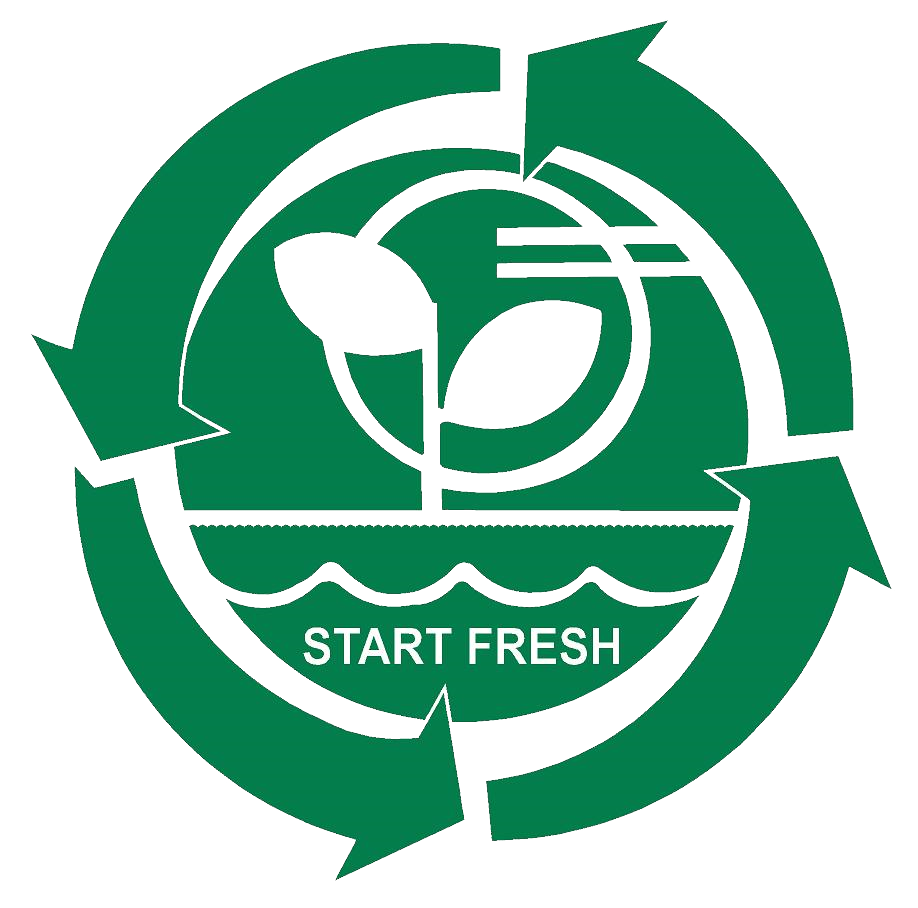Frequently Asked Questions
Q: How are sewage lagoons treated?
A: The water in the lagoon can be treated with 2 pounds of ammonium or sodium nitrate per day until the odor dissipates. Odors can also be caused when something is put down the sewer that upsets the natural process in the lagoon such as a large amount of chemicals or lack of sunlight as in extended cloudy weather.
Q: How do aerated lagoons work?
A: An aerated lagoon (or aerated pond) is a simple wastewater treatment system consisting of a pond with artificial aeration to promote the biological oxidation of wastewaters. … They all have in common the use of oxygen (or air) and microbial action to reduce the pollutants in wastewaters.
Q: How do you clean a lagoon?
A: Lagoon cleaning is a simple, methodical process. First, the lagoon is completely drained of all water. Next, the sanitation service will use a bulldozer, front-end loader, or backhoe to remove the built-up grime and sludge from the lagoon.
Q: Which type of lagoon allows a discharge usually once or twice a year?
A: Controlled Discharge Lagoons. In these lagoons, wastewater is discharged in controlled amounts, usually once or twice per year.
Q: How much does a lagoon septic system cost?
A: The average cost of a lagoon system installation for a small home was $2,426. To install a septic tank system for a large home cost $5,558, on average. An average installation of a lagoon system for a large home was $2,631.
Q: How big should a lagoon be?
A: Lagoon size is determined by the amount of sewage entering it, but it should have a minimum water surface area of at least 440 square feet per bedroom or 900 square feet, whichever is greater, at a 3-foot operating level.
Q: What is the purpose of a lagoon?
A: Lagoons are pond-like bodies of water or basins designed to receive, hold, and treat wastewater for a predetermined period of time. If necessary, they are lined with material, such as clay or an artificial liner, to prevent leaks to the groundwater below.
Q: What is activated sludge treatment process?
A: The activated sludge process is a type of wastewater treatment process for treating sewage or industrial wastewaters using aeration and a biological floc composed of bacteria and protozoa.
Q: Why is my lagoon green?
A: Clear sparkling green, blue, or brown: A lagoon with clear sparkling water is healthy and has sufficient lagoon DO. Some green lagoon algae growth around the edges during the hottest summer months is acceptable. … This indicates low pH and low lagoon DO, and may cause high TSS in the effluent.
Q: How do you remove sludge from a lagoon?
A: Lagoon Dredging is by far the most common form of lagoon sludge removal. There are a few different methods of lagoon dredging, all of which involve mechanically removing sludge from the lagoon. Once the sludge is removed, it is dried and is transported to either a landfill or a land application facility.
